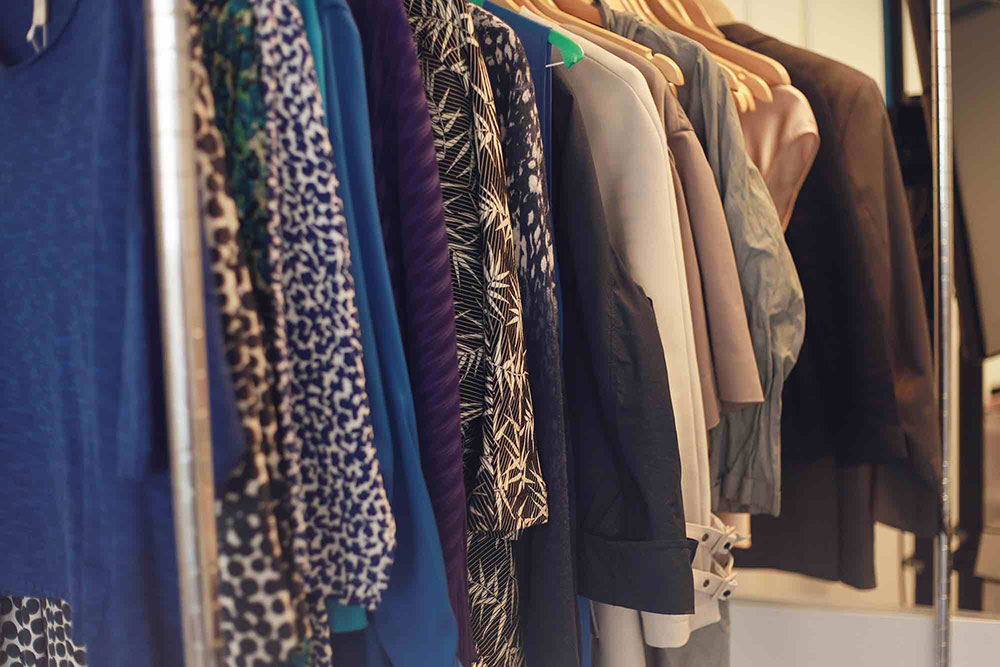Like many people at this time of year, you might find yourself tackling your wardrobe. It’s a task I take on at the start of each new year, and thanks to my regular decluttering habits, it’s relatively quick and straightforward. It helps that I know the colours, styles, fabric and shapes that flatter me, of course!
2025 Audit
I start by turning all hangers in the wardrobe so they face the same direction. This simple trick helps me keep track of what I actually wear and what I don’t.
You could perform this seasonally; if you swap your wardrobe frequently, or annually, like I do.
This year, I tackled the kitchen cupboards and drawers around the house, as well as accessories. 18 garments and 10 accessories were culled from my wardrobe this year! To see this process in action, check out my YouTube video: https://youtu.be/S2L8KN193lU and last year’s audit: https://www.tlcstyleandcolour.co.uk/2024/01/15/simple-way-to-identify-clothes-youre-not-wearing/
Of these, I identified five which needed repairing or re-styling so they could go back into the wardrobe. A large box went off to charity, old towels went to a local boarding kennel, and a bin bag went to textile recycling.
The rest, in good condition, went on Vinted and eBay. A word of warning: you’ll rarely make back the money you spent, and this task is often more time-consuming than the audit itself! But, if you’ve got the time and desire, you’ll keep things in circulation and make some extra cash for yourself.
What Stays
All garments that have the hanger facing in the ‘worn’ direction are generally keepers, as I’ve been wearing them. Unless there’s a specific reason for no longer wearing it, then it stays. Throughout the year, as I wear something and hang it back up, I’ll turn the hanger round so I know it’s been worn. As time goes on, it’s a great trick to make you reach for something you haven’t already worn.
My wardrobe is organised by type and colour. All tops are together by colour, my bottoms are separately organised by type, and my dresses are organised by colour too. Visually, this works well for me as I reach for colour first so this helps me mix and match garments. It’s one of the many benefits of having a colour analysis—knowing the colours that suit you and how to combine them together. Plus, I can use my fabric swatches to check the colour or identify the colours I’m missing.
What Goes
It’s easy to identify the garments I haven’t worn with the direction of the hanger, allowing me to assess why. This way, I don’t need to review every single item I have.
Because the vast majority of my clothes are the right colour for me, they represent my style and flatter my shape, there’s usually other reasons for not wearing them:
- It doesn’t fit.
- I have too many similar items I prefer.
- It’s no longer suitable for my lifestyle.
- I’ve simply fallen out of love with it.
Sometimes I keep things on for another year, even if it’s not been worn. The key is to assess why they’ve not been worn, and challenge myself to wear them in the next 12 months.
This year, I had more unworn dresses, partly due to the weather. One has been cut into a top (more on that next week), others have either been culled or hung back up for another chance.
The Result
It’s much less overwhelming to get ready when you have a wardrobe of clothes that you actually wear!
When I’m called out to help with wardrobes, I often find people hanging on to clothes ‘just in case’. In my experience, if something doesn’t flatter you, fit you, or make you feel good, you won’t wear it. Keeping them takes up space in your wardrobe (and your head), and makes you feel guilty over what you’ve bought, not worn, and the money you’ve wasted. A simple change could be all that’s needed.
If you’re ready to tackle your wardrobe but need a little help, why not book a consultation? With the knowledge you gain from a Colour, Style and Shape consultation, we can create a wardrobe that works for you—saving you time, space, and stress!



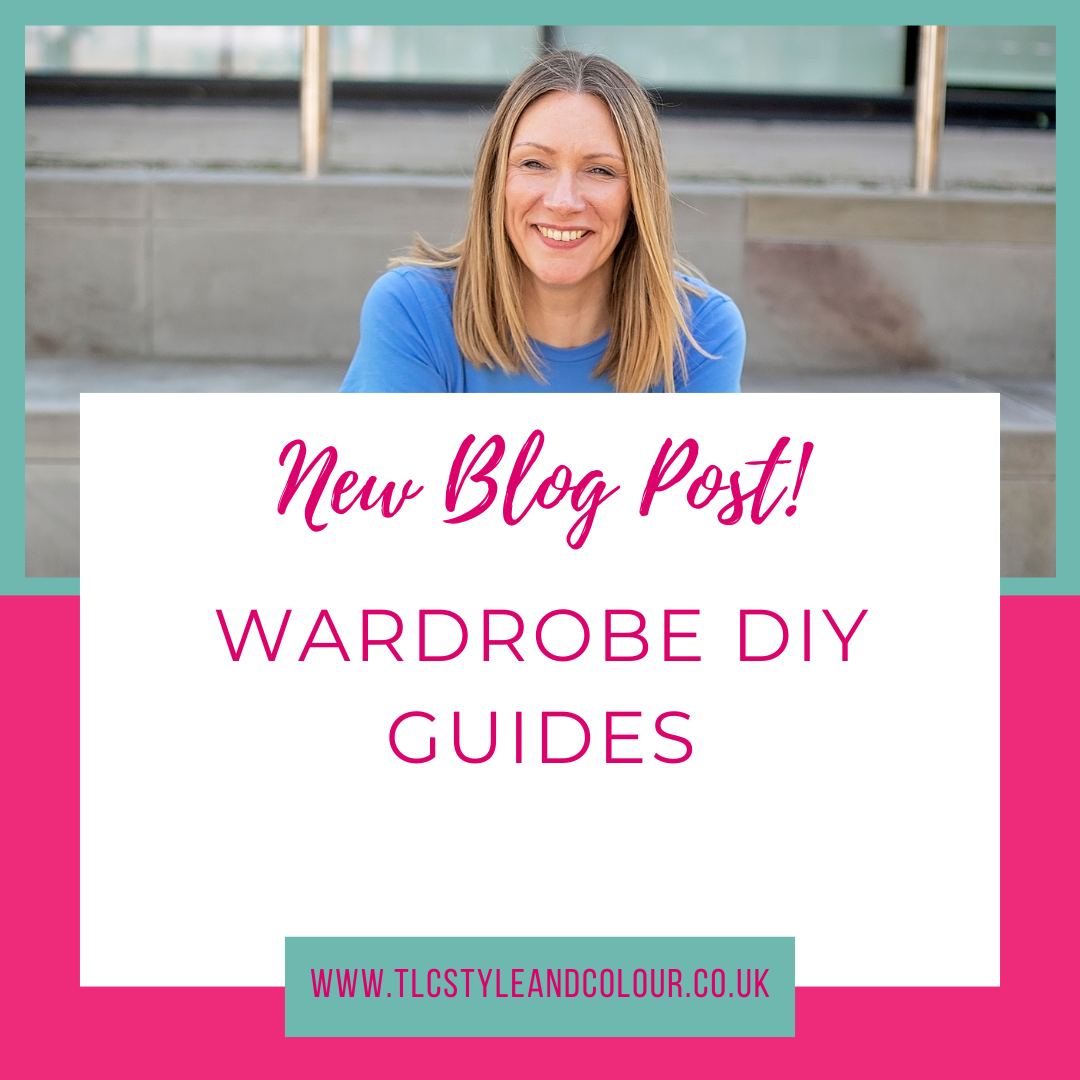
 These are simple charts, designed to help you identify what you have in your wardrobe and what gaps you have.
These are simple charts, designed to help you identify what you have in your wardrobe and what gaps you have.  My ‘How to spring clean your wardrobe in five easy steps’ was one of the first guides I created. Inspired by the simple fact that sometimes, you just need a little guidance to follow.
My ‘How to spring clean your wardrobe in five easy steps’ was one of the first guides I created. Inspired by the simple fact that sometimes, you just need a little guidance to follow.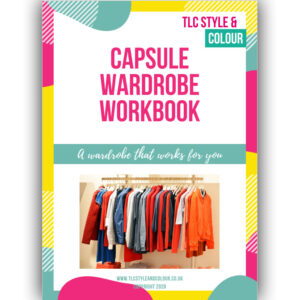 Everyone needs a Breton top, camel trench coat, wide leg trousers and a white shirt right? WRONG!
Everyone needs a Breton top, camel trench coat, wide leg trousers and a white shirt right? WRONG! Knowing what to pack and why you need to leave those ‘just-in’case’ pieces behind when you go on holiday is all in the planning.
Knowing what to pack and why you need to leave those ‘just-in’case’ pieces behind when you go on holiday is all in the planning.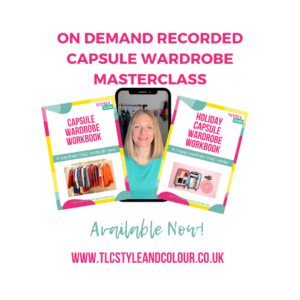 This is a suite of material I’ve designed to support and guide you through the stages involved in creating a capsule wardrobe.
This is a suite of material I’ve designed to support and guide you through the stages involved in creating a capsule wardrobe.

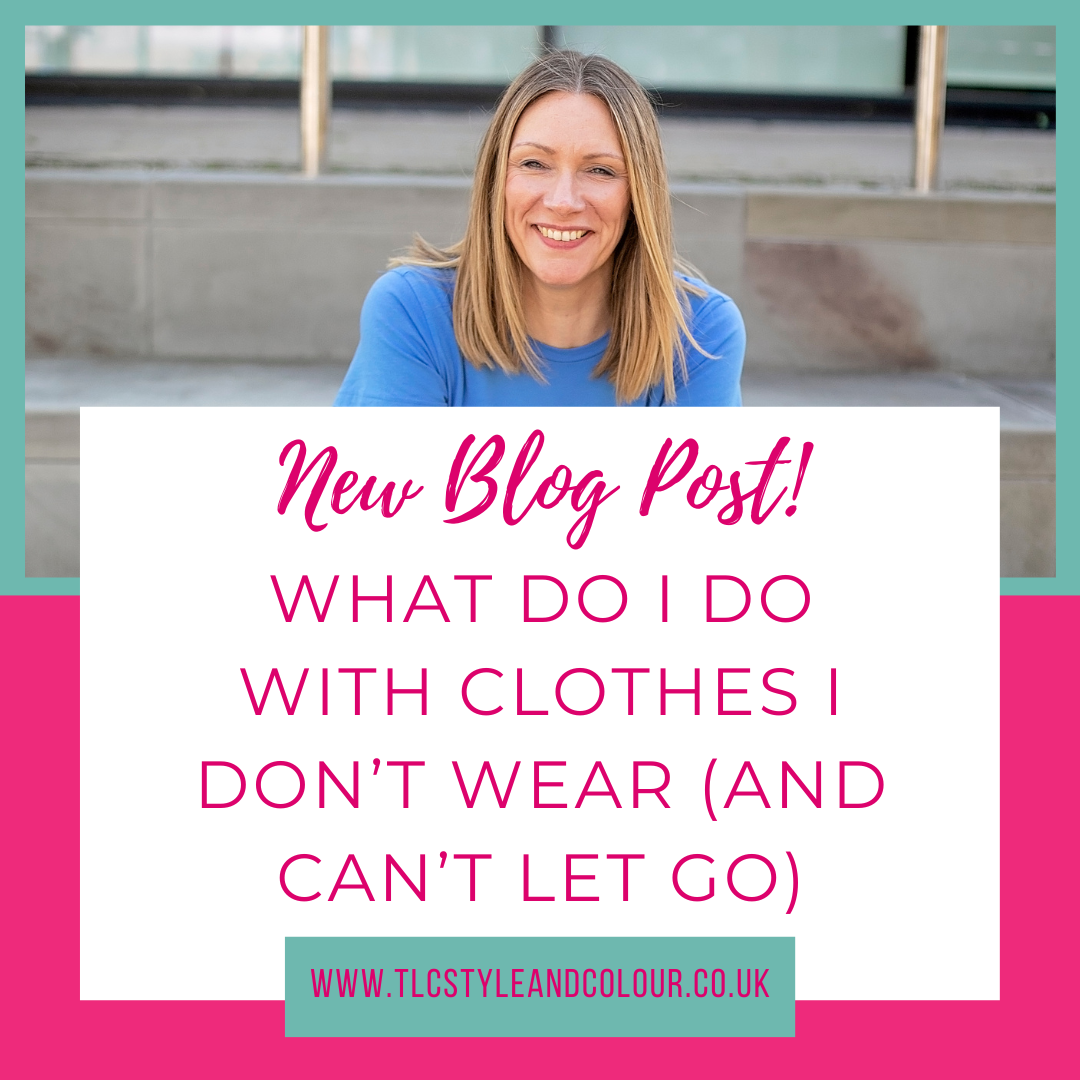
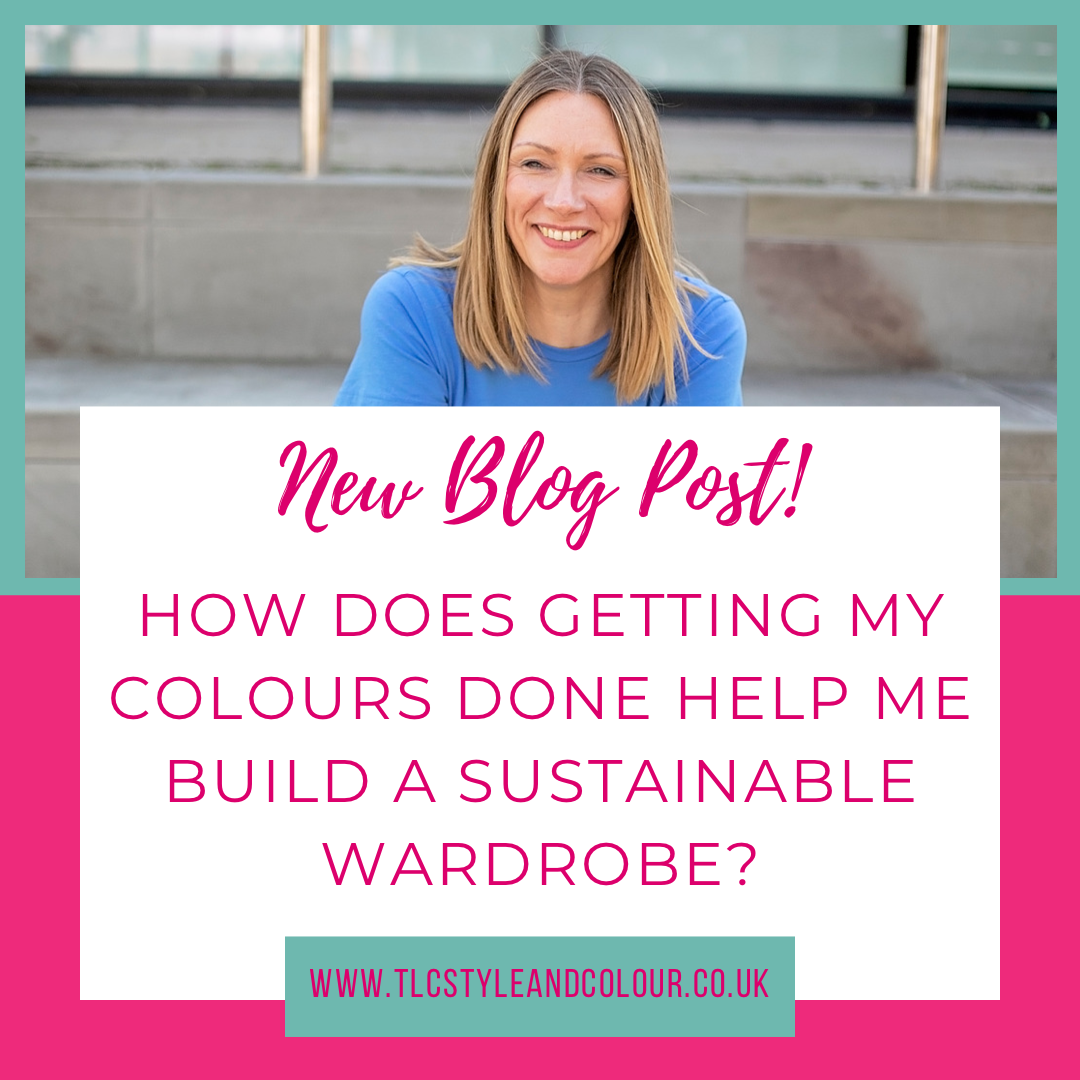

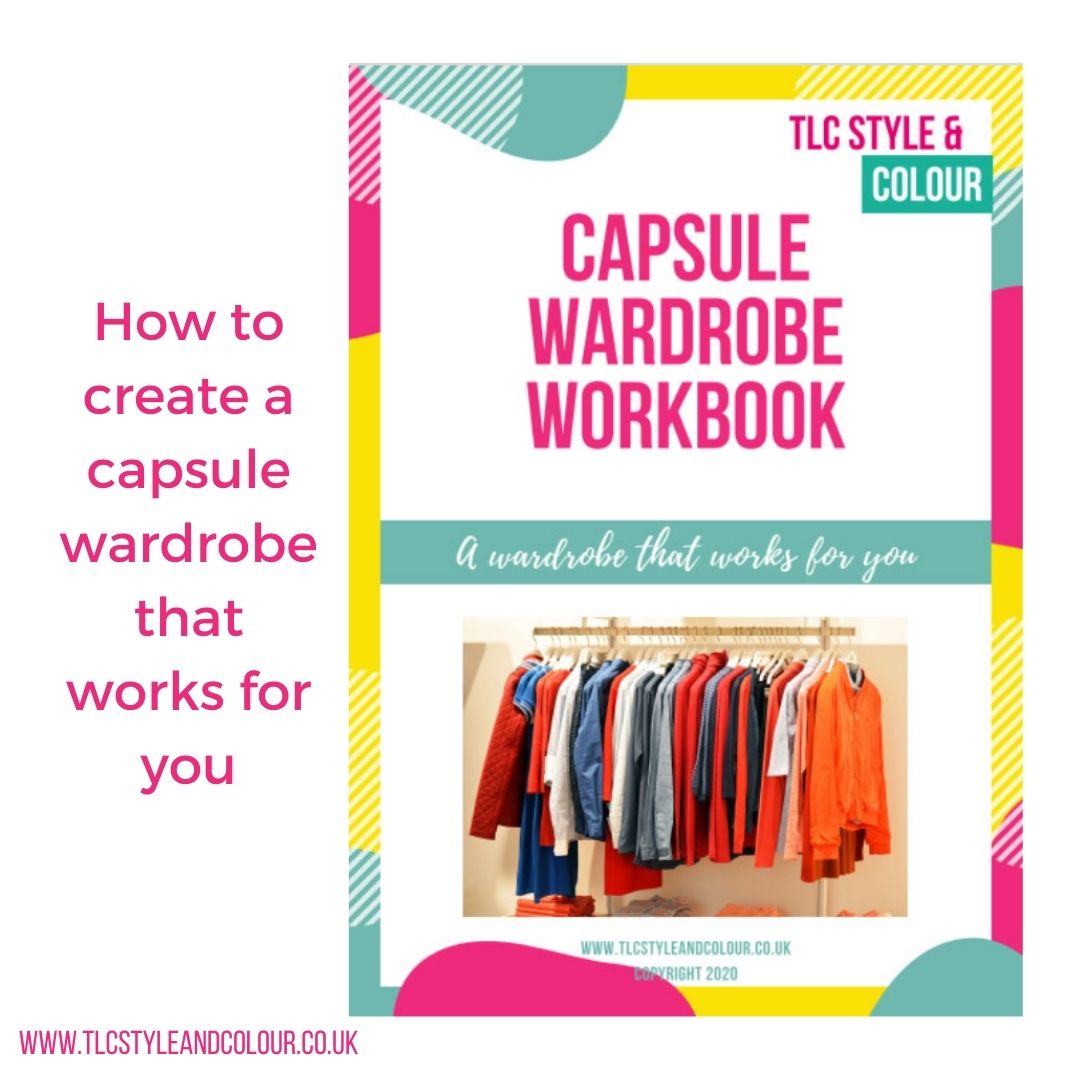
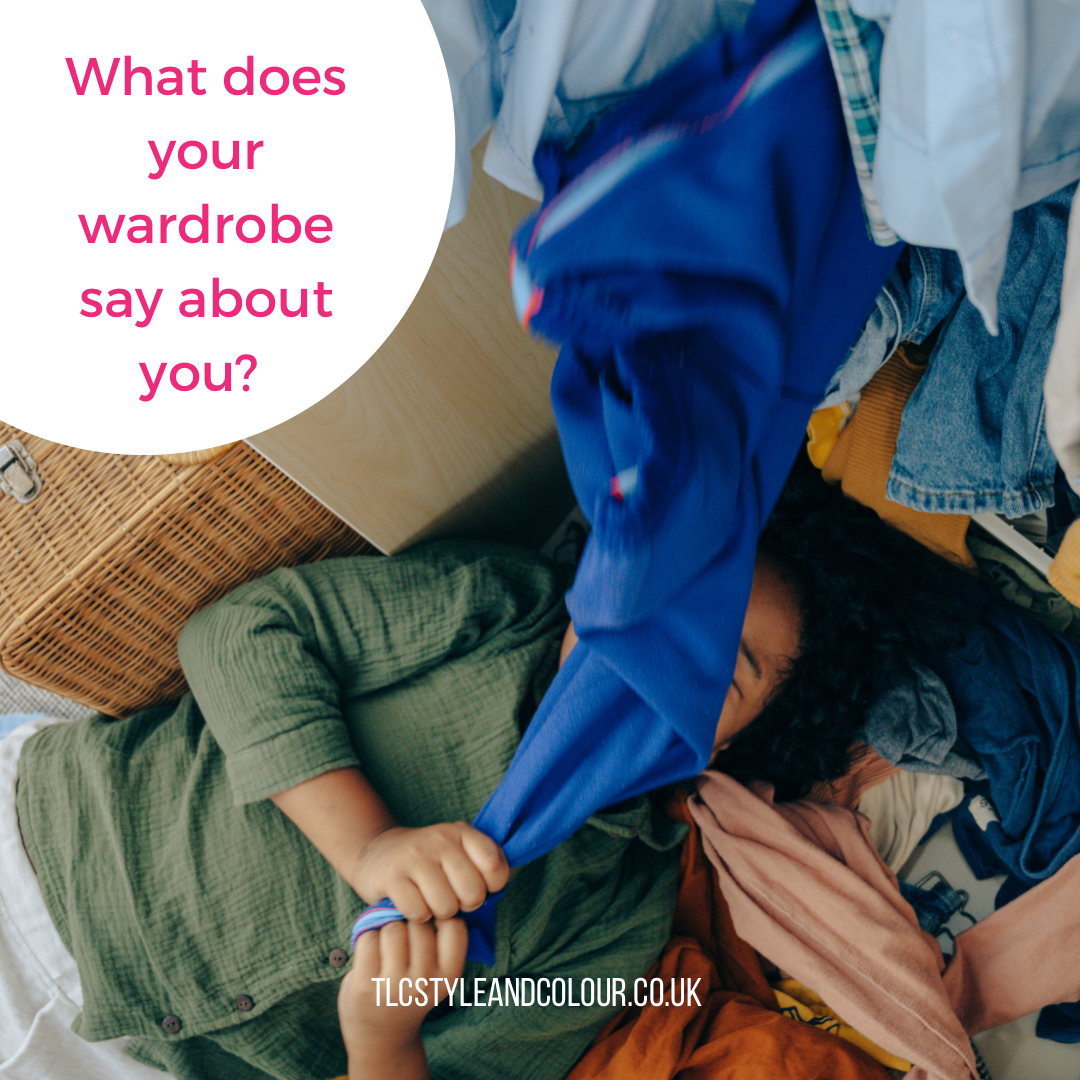

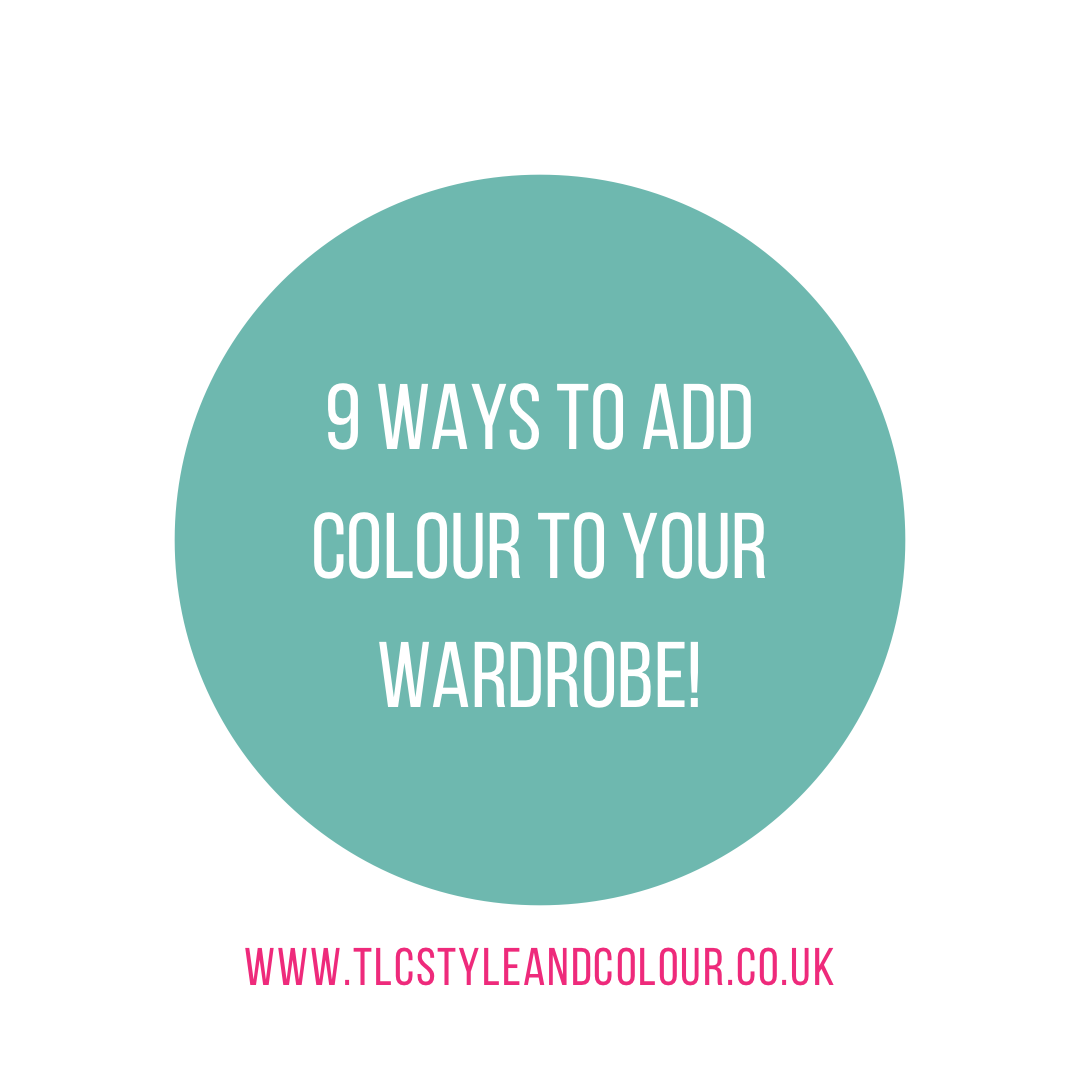
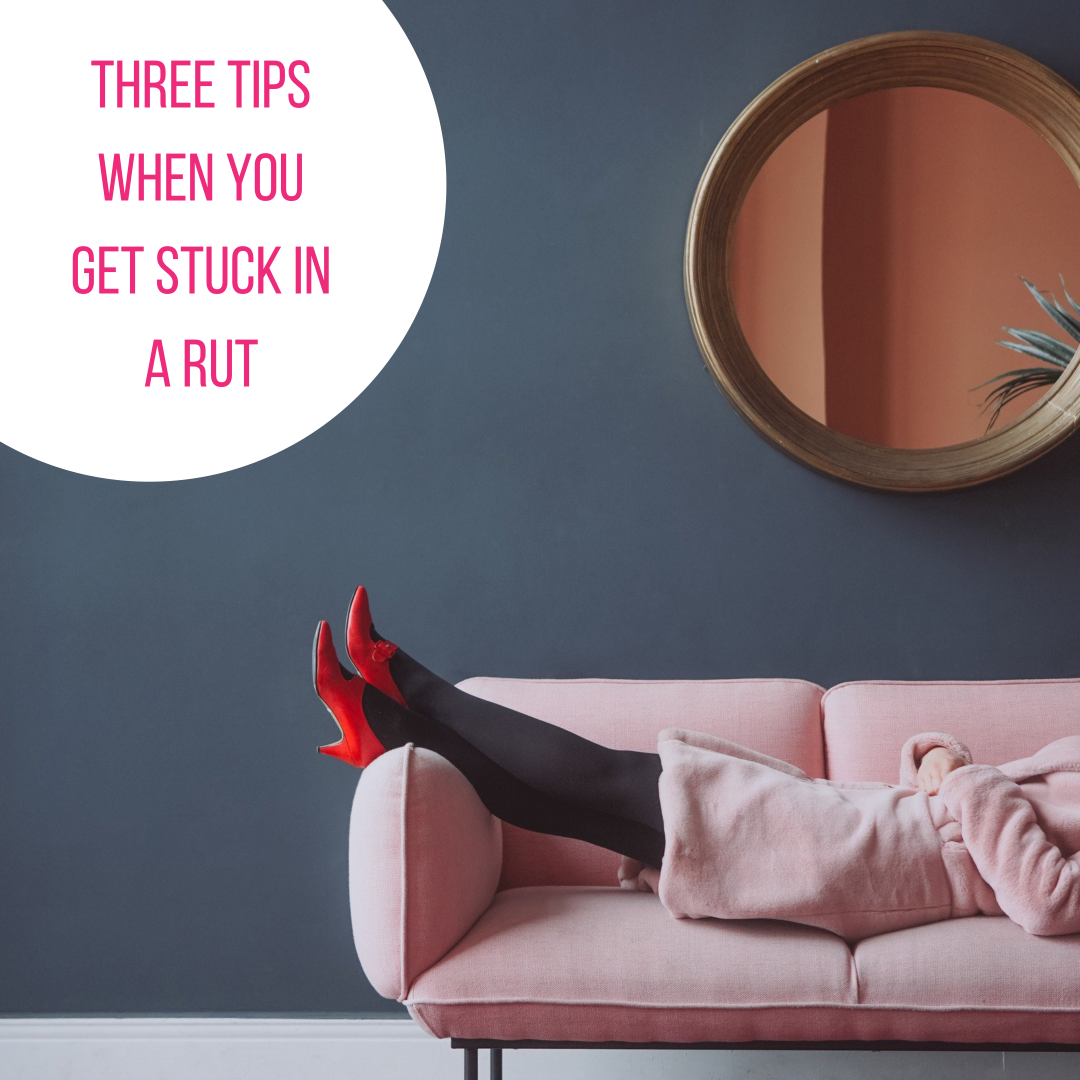
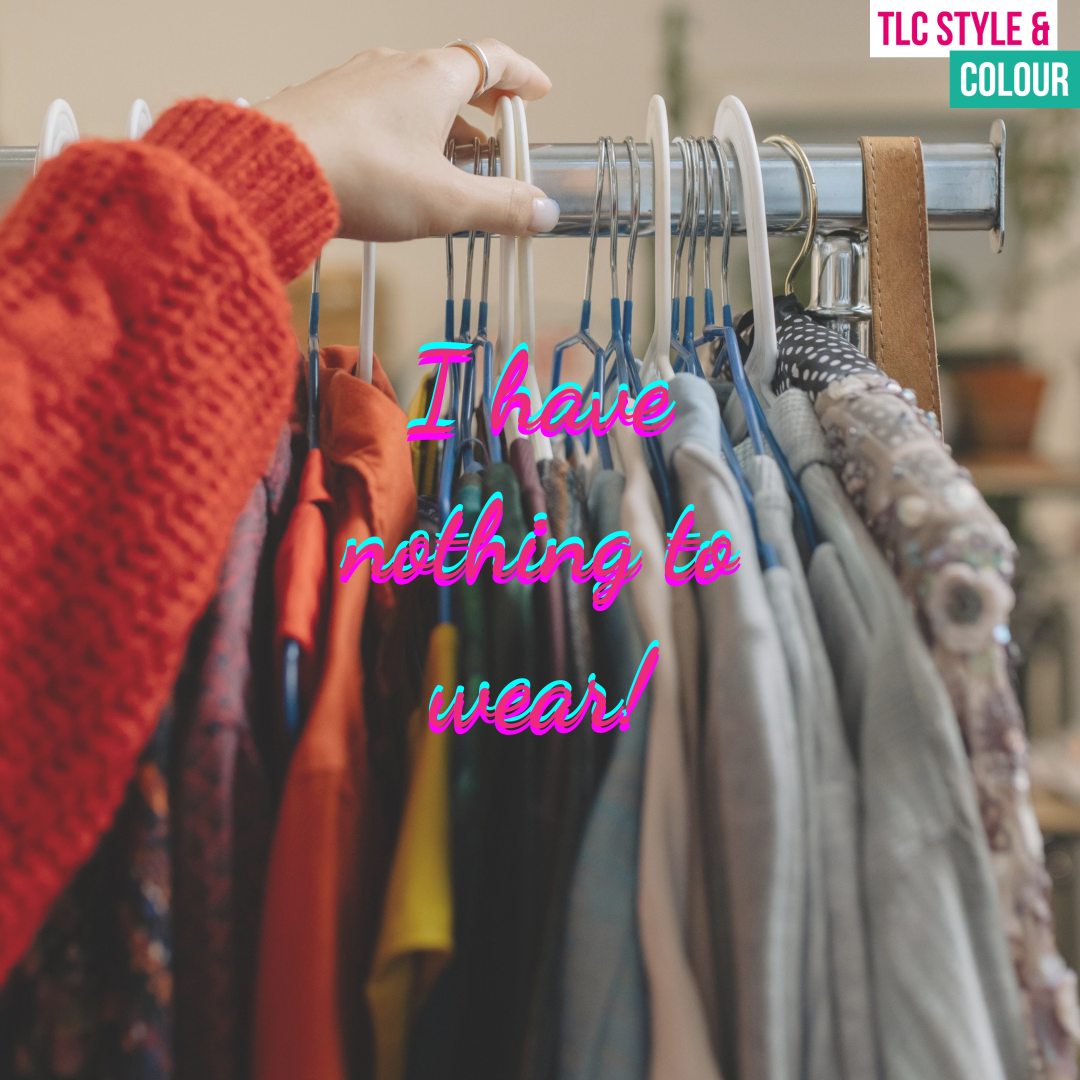
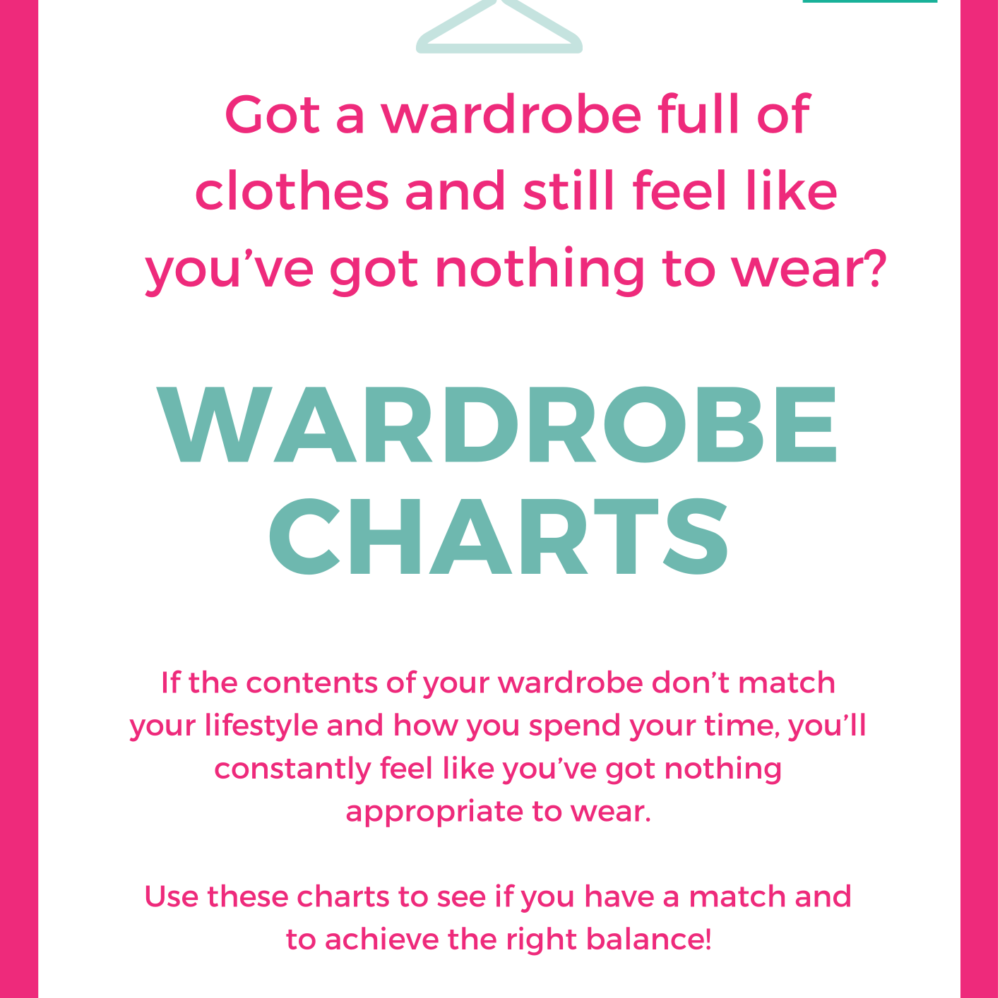


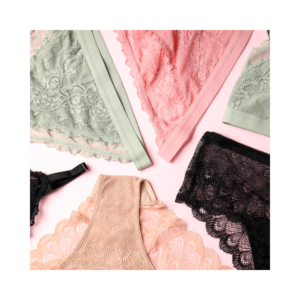 Given how frequent we open and close these drawers, you’d think that we’d clear them out more frequently. This drawer is often neglected the most.
Given how frequent we open and close these drawers, you’d think that we’d clear them out more frequently. This drawer is often neglected the most.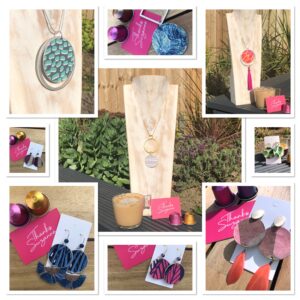
 When was the last time you checked or emptied your handbags before putting them away? Upon undertaking the task myself early into lockdown, I discovered a lipgloss, lipstick and hand sanitiser; so it was a worthwhile task!
When was the last time you checked or emptied your handbags before putting them away? Upon undertaking the task myself early into lockdown, I discovered a lipgloss, lipstick and hand sanitiser; so it was a worthwhile task!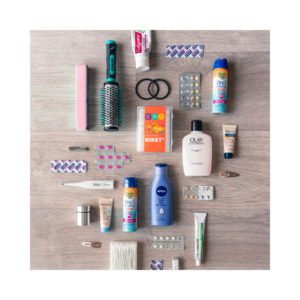 If you tend to store things in multiple locations, it’s easy to lose track of what you have and what’s being used. Be realistic about how much you have – there isn’t any point keeping 20 lipsticks if you forget to wear it or that cleanser or moisturiser if it doesn’t agree with your skin. Equally, anything you don’t use or doesn’t flatter you, is worth getting rid of too.
If you tend to store things in multiple locations, it’s easy to lose track of what you have and what’s being used. Be realistic about how much you have – there isn’t any point keeping 20 lipsticks if you forget to wear it or that cleanser or moisturiser if it doesn’t agree with your skin. Equally, anything you don’t use or doesn’t flatter you, is worth getting rid of too.
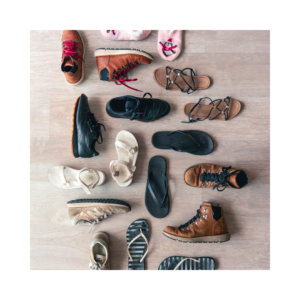 We do love shoes don’t we. I’d say this is the area that can totally show your personality type as well as being in need of a declutter and sort out.
We do love shoes don’t we. I’d say this is the area that can totally show your personality type as well as being in need of a declutter and sort out.